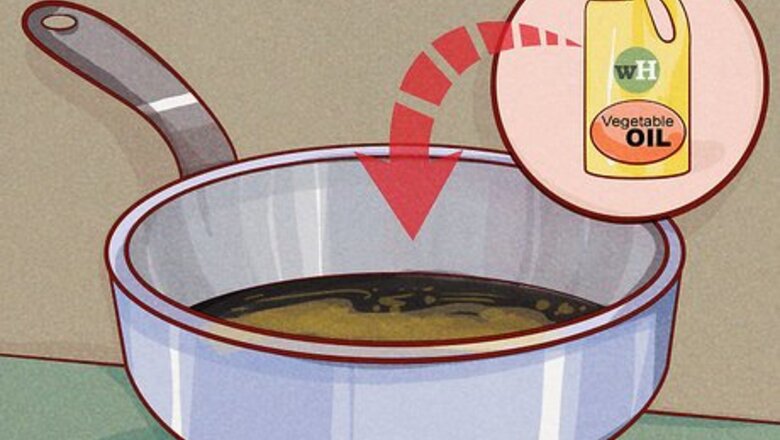
views
Reheating Stir-Fry
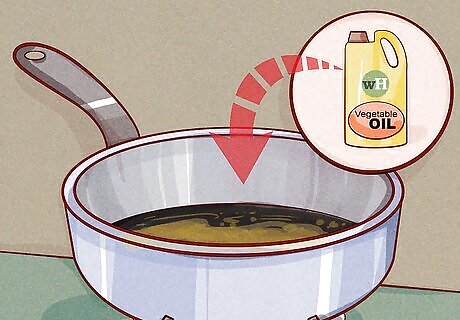
Heat 1 teaspoon of oil in a large pan or wok. Make sure that the pan/wok is big enough to fit all of your stir-fry. If it is too small, the food won’t reheat properly and turn out soggy. For best results, use a flavorless cooking oil, such as vegetable or canola. Avoid coconut or olive oil, as they may affect the final flavor too much.
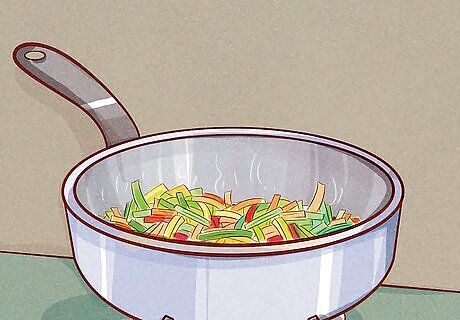
Add the stir-fry into the pan or wok. If you have different types of stir-fry to reheat, stick with just one type for now. You don’t want to mix the different flavors. Spread the food as evenly as you can across the bottom of the pan. Watch for oil splatters. The pan may sizzle when you add the stir-fry to it.
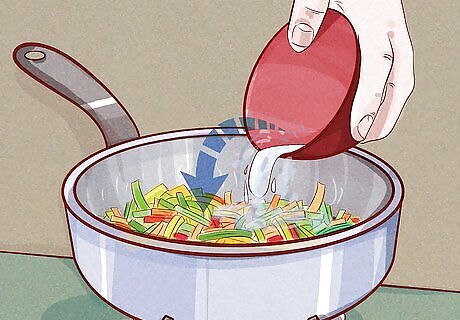
Add about 1 to 3 tablespoons (15 to 45 mL) of water into the pan. This might seem a little unusual, but it’s the key to reviving the flavors in your meal. It will also help rehydrate the sauces that may have dried out during storage. Without the water, the stir-fry will turn out too dry. The larger your portion is, the more water you will need to use. Have a measuring cup filled with water nearby. You will be adding water gradually to the stir-fry as it cooks to keep it moist.
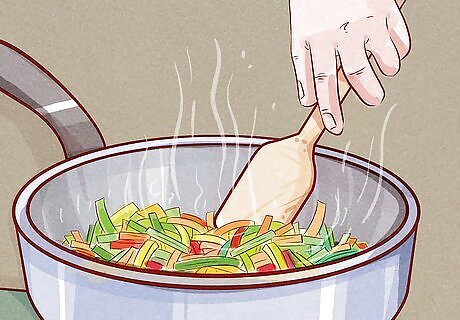
Cook and stir the food, adding water as needed, until it is hot. As the food cooks, the water will begin to evaporate. If the food is not cooked through, then you will need to add another 1 to 3 tablespoons (15 to 45 mL) of water to rehydrate it, and cook it longer. Just keep cooking, stirring, and adding water until the food is hot. This should only take a few minutes. Stir the food often with a wooden spatula. If you don’t have one, use a large, wooden spoon instead. How often you add the water depends on how dry the food looks. If the food starts to look dry and stick to the pan, it's time for more water. How long this takes will depend on how cold and dry the food was to begin with. The colder and drier the stir-fry was, the longer this process will take.
Reheating Rice and Noodles
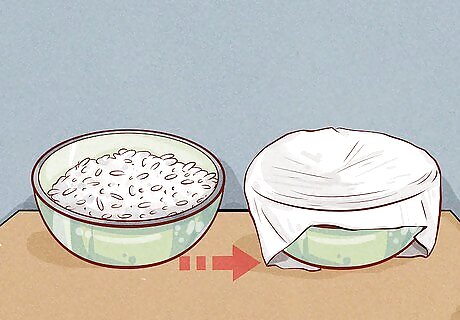
Place the rice or noodles into a microwave-safe dish. This method works for white rice, fried rice, and lo mein. You can use it for other types of Chinese noodles too, as well as stir-fry.
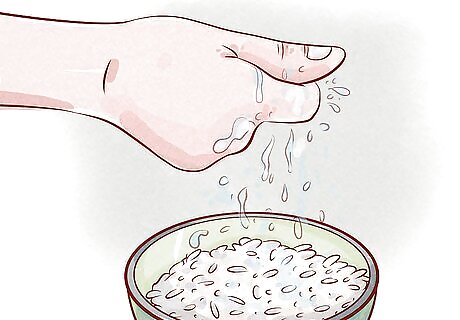
Add a splash of water to white rice, then cover it with a wet paper towel. This is only necessary for white rice and stir-fry; you do not need to do this for fried rice or noodles. The reason for this is because white rice is steamed, and steamed foods lose moisture in the microwave. Make sure that the wet paper towel is actually touching the rice. If there are any clumps in the white rice, break them up with a fork first.
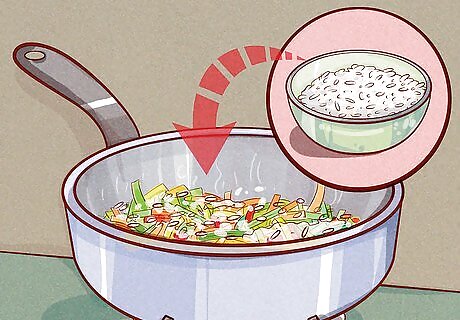
Heat the food at 20 to 30-second intervals until it is cooked through. Between each interval, give the food a brief stir. How many intervals you end up doing depends on how cold the food was when you put it into the microwave as well as the size of the portion. Cook white rice and stir-fry on high. Cook noodles and fried rice on medium-power.
Reheating Dumplings, Buns, and Other Foods
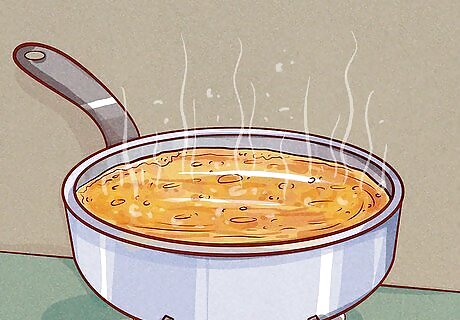
Reheat soup in a pot on the stove for larger portions. Pour the soup into a pot, then set the pot on the stove. Turn the heat up to medium or medium-high, and wait for the soup to start to steam. Continue the soup to cook until it reaches your desired temperature. How long you cook the soup for really depends on how hot you want it to be. It will typically take a few minutes for soup to get warm, however. Stir the soup often as it cooks, and don’t let it come to a boil. Reheat smaller portions of soup in the microwave at 30-second intervals until it reaches your desired temperature. Stir the soup well between each interval.
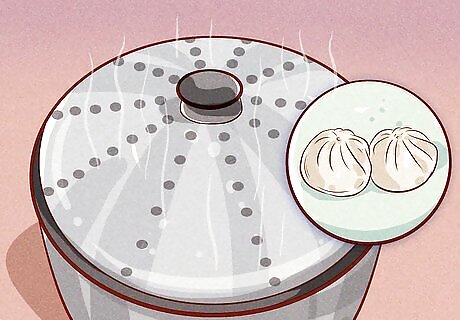
Reheat steamed bao or stuffed buns in a steamer. Fill the pot with 1 to 2 inches (2.5 to 5.1 cm) of water, then insert a steamer basket. Bring the water to a boil, then add the buns. Place a tight-fitting lid over the pot, then steam the buns for a few minutes until they are hot. If you are in a hurry, wrap the buns in a damp paper towel, then cook them in the microwave until they are hot. This will take about 30 to 60 seconds.
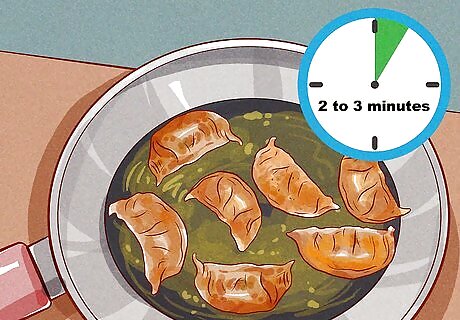
Reheat fried dumplings in a pan. Place about 1 teaspoon of oil and water in a pan, then add the fried dumplings. Fry the dumplings over medium-high heat until they are crisp, turning them often. The dumplings are ready when they are hot and crispy. This will typically take about 2 to 3 minutes. Fried dumplings include pot stickers and Shanghai bao.
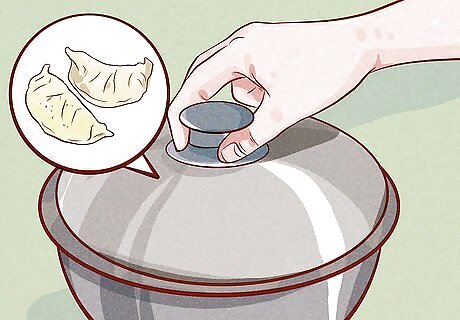
Cook steamed dumplings in a covered pan with some water. Place 3 tablespoons (45 mL) of water into a small skillet. Add your steamed dumplings, then cover the pan with a tight-fitting lid. Cook the dumplings over medium-low heat until they are heated through. This should only take about 2 to 3 minutes. Alternatively, place the dumplings into a dish with 1 tablespoon (15 mL) of water. Cover them loosely with a lid, then cook them at 30-second intervals until they're hot.
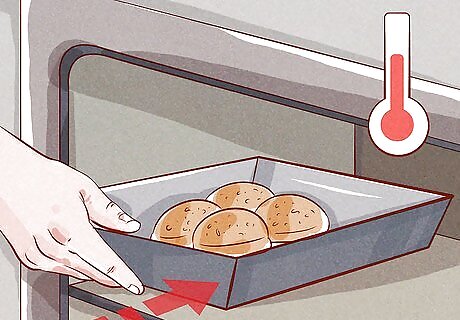
Bake dim sum pastries at 350 °F (177 °C) for up to 15 minutes. Because of their crispy texture, you don’t want to put these into the microwave, or they will release too much moisture and turn soggy. Instead, eat dim sum leftovers by putting them into a preheated oven, and baking them until they are hot and sizzling. This will typically take about 10 to 15 minutes. It’s best to reheat these on a rack, but you can use a foil-lined baking sheet too.












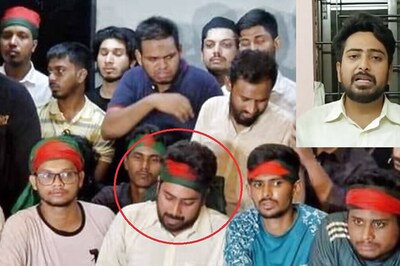
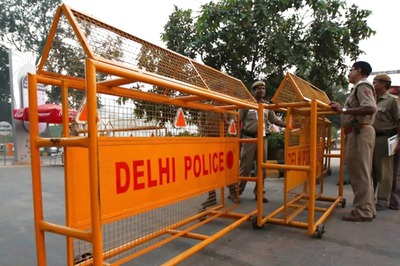



Comments
0 comment